Labeling of food products
There are occasional changes regarding what must be on food labels. Below is the information
that currently applies.
What must be mandatory on the food label?
On the food label
certain information must be included. Such as the name of the product, the name and address
of the producer. But also a list of ingredients, the expiration date, and a production code
or batch code.
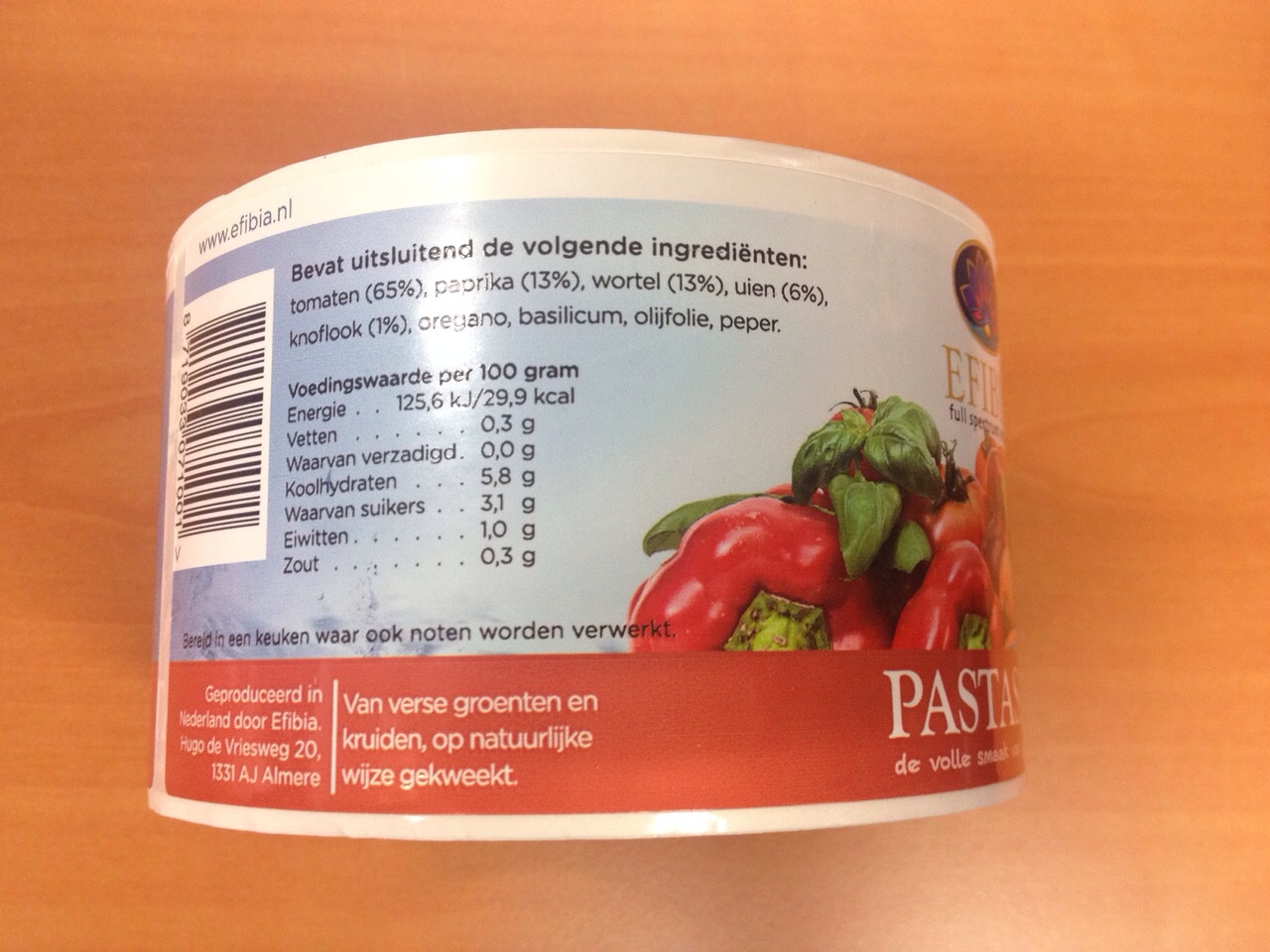
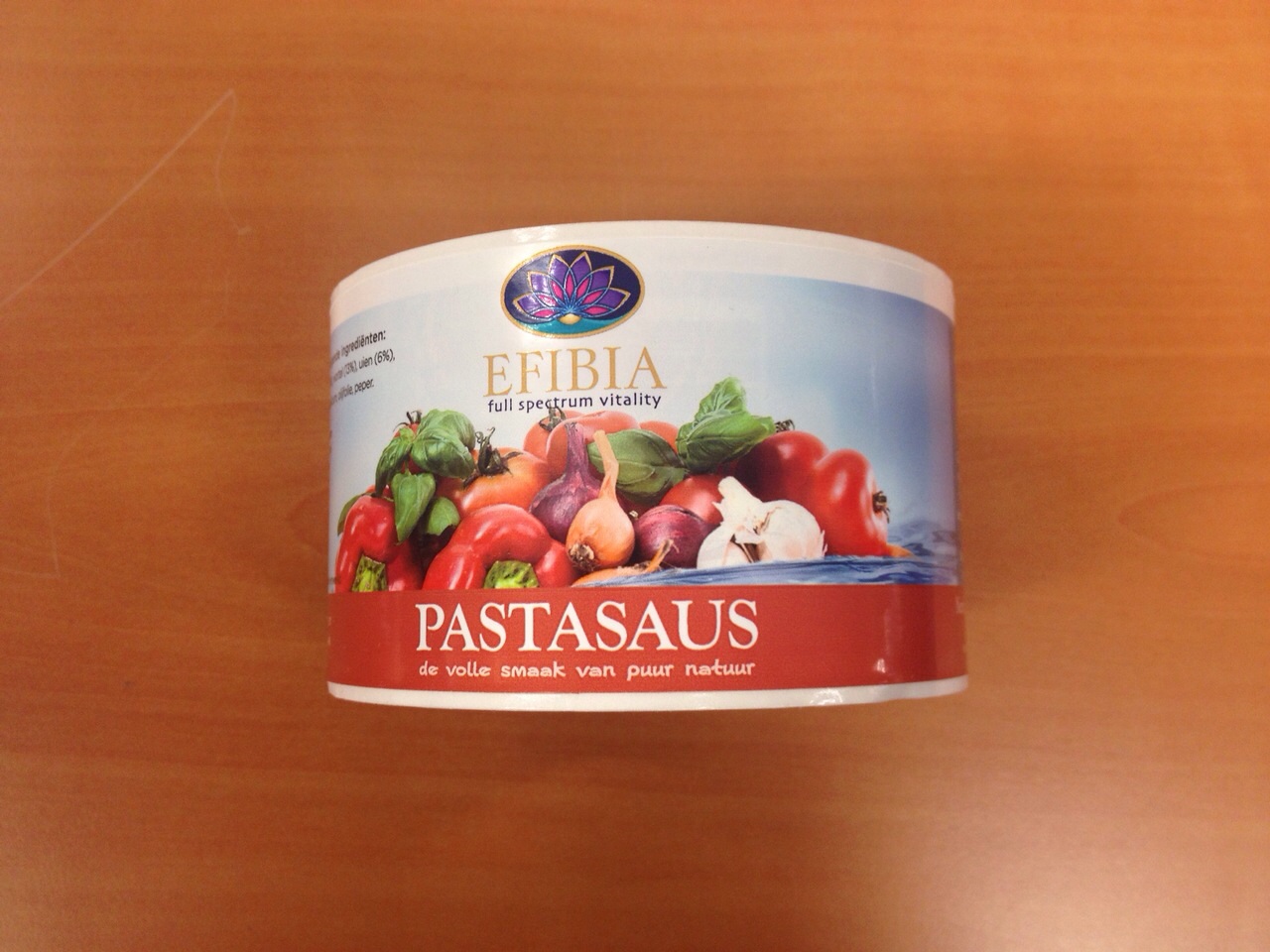
Information on the label
In the Food and Commodities
Act it is stated what must be on the label of a food product.
For example:
- E-numbers
These are additives to a product that improve or change its properties, such as colorants and flavorings. Only producers within the European Union may use E-numbers.
- Organic
Producers cannot just put the term organic on a label. This is only allowed if certain production methods meet high standards for environmental conservation and animal welfare. If a label states that a product is organic, the producer must specify which certification body is responsible and the business number of that organization.
- Genetically modified organisms (GMOs)
If a product contains more than 0.9% GMOs, it must be indicated on the label.
- Origin
If a product contains more than 50% animal-derived ingredients such as meat, fish, or dairy, producers must indicate on the label the country or region where the product is made. This requirement does not apply to eggs and honey.
- Nutritional value
The nutritional value indicates the energy value of a product and what nutrients it contains. For example, the amount of proteins, fibers, vitamins, and minerals.
- Nutritional claims
A nutritional claim indicates something about the composition of a product. It shows whether a product contains more or less of a certain nutrient. Examples are 'low sodium' or 'light'. There is a list of scientifically proven nutritional claims. Producers may only use these claims on a label.
- Health claims
A health claim describes the link between a nutrient in a product and its effect on health. For example, 'Vitamin C contributes to the maintenance of the immune system.' There is a list of scientifically proven health claims. Producers may only use these claims on a label.
Ingredients must be listed for allergies
Some ingredients can cause allergies in people. Examples include cow's milk, legumes, and shellfish. Producers must list these ingredients on the label.
I hope this gives you a good overview of what should be on a food label. Of course, it is wise to check if this information is still current. You can find the latest information on the Rijksoverheid page via the following link: "Questions and answers."
Exclusive Offers and Free Tips!
Stay informed and never miss out on offers, handy tips, or free templates.
Thank you! You have successfully subscribed to our newsletter.
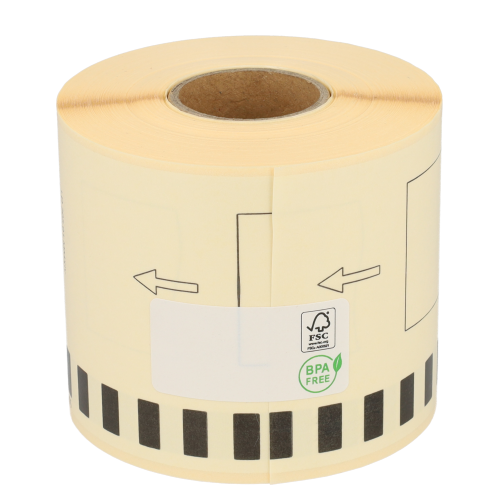
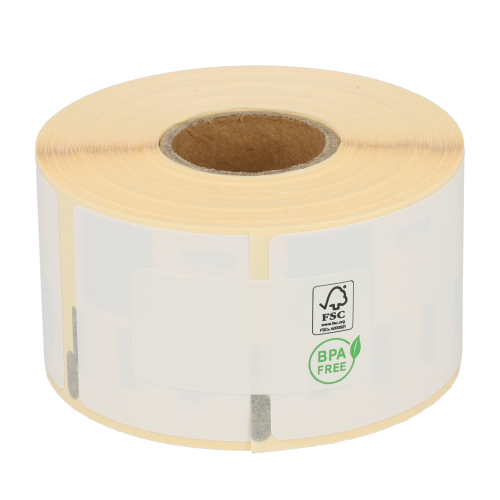
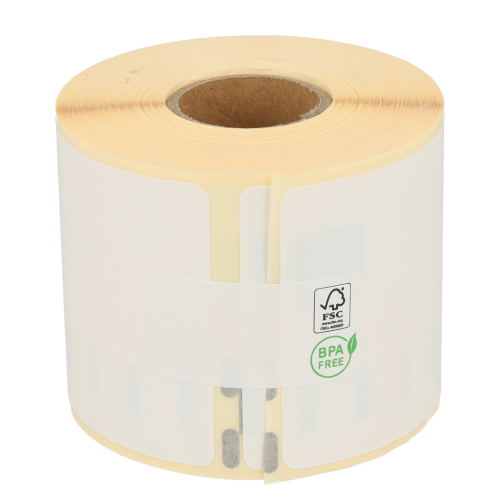
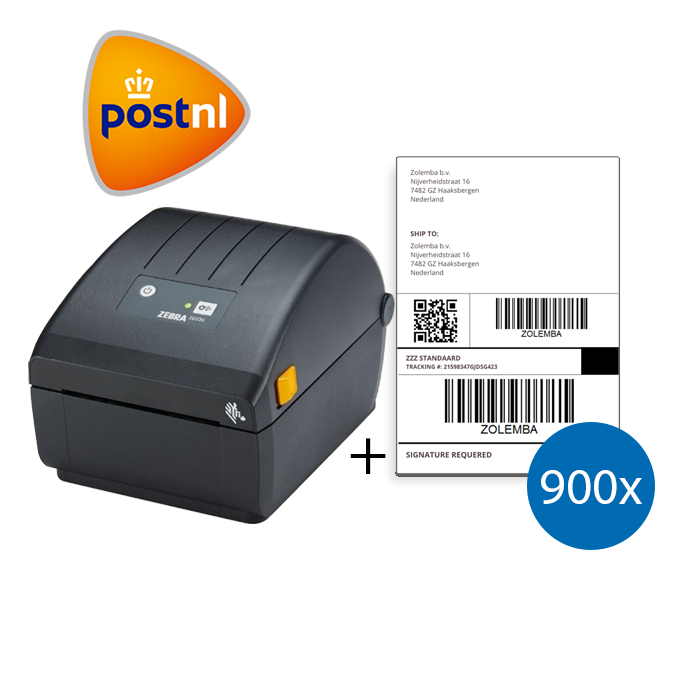



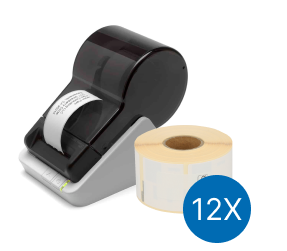

.png)




